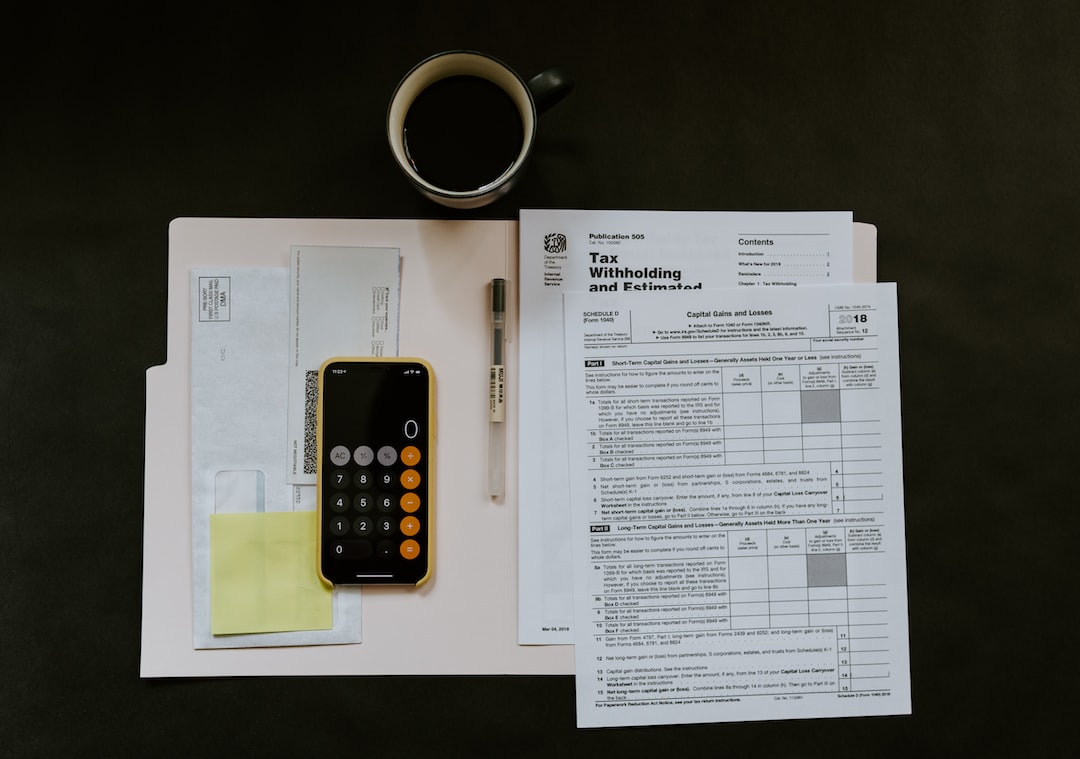Forex trading charts are essential tools for traders who want to make informed decisions based on market trends and price movements. These charts are graphical representations of currency pairs over a specific period, and they provide traders with valuable information about the market. However, to make use of these charts, traders must know how to read them. In this article, we will explain the basics of reading a forex trading chart.
Understanding the Types of Forex Trading Charts
There are three main types of forex trading charts that traders use to analyze the market. These are line charts, bar charts, and candlestick charts. Each type of chart presents the same data differently, and traders need to understand the differences between them to make informed decisions.
Line Chart: This is the most basic type of chart that investors use. It shows the closing prices of a currency pair over a specific period. Line charts provide a simple and easy-to-understand view of the market. They are ideal for beginners who are just starting to learn about trading.
Bar Chart: This chart shows the opening, high, low, and closing prices of a currency pair over a specific period. The vertical line represents the high and low prices, while the horizontal lines show the opening and closing prices. Bar charts provide more information than line charts, and they are ideal for intermediate traders.
Candlestick Chart: This is the most popular type of chart used by traders. It shows the same information as the bar chart but in a more visually appealing way. The body of the candlestick represents the opening and closing prices, while the upper and lower wicks show the high and low prices. Candlestick charts provide the most detailed information and are ideal for advanced traders.
Interpreting the Chart
Once you have chosen the type of chart that suits your trading style, the next step is to interpret the information presented. The chart tells you two things: the price of the currency pair and the time frame in which it is being displayed. The price is shown on the vertical axis, while the time frame is shown on the horizontal axis.
The time frame you choose depends on your trading strategy. If you are a day trader, you may prefer to use a chart that displays price movements over a few hours. If you are a swing trader, you may prefer to use a chart that displays price movements over several days or weeks.
Identifying Trends
One of the most important things that traders look for when reading a forex trading chart is trends. A trend is the general direction in which the market is moving over a specific period. There are three types of trends: uptrend, downtrend, and sideways trend.
Uptrend: An uptrend is when the price of a currency pair is consistently increasing over a specific period. To identify an uptrend, look for a series of higher highs and higher lows on the chart. Traders will look for opportunities to buy during an uptrend.
Downtrend: A downtrend is when the price of a currency pair is consistently decreasing over a specific period. To identify a downtrend, look for a series of lower highs and lower lows on the chart. Traders will look for opportunities to sell during a downtrend.
Sideways Trend: A sideways trend is when the price of a currency pair is moving within a narrow range without a clear direction. To identify a sideways trend, look for a series of highs and lows that are roughly the same. Traders will look for opportunities to buy at the bottom of the range and sell at the top of the range.
Identifying Support and Resistance Levels
Another important aspect of reading a forex trading chart is identifying support and resistance levels. A support level is a price level at which the market has difficulty breaking through and starts to bounce back up. On the other hand, a resistance level is a price level at which the market has difficulty breaking through and starts to bounce back down.
To identify support and resistance levels, look for areas on the chart where the price has bounced back multiple times. These areas are likely to be support and resistance levels. Traders will look for opportunities to buy at support levels and sell at resistance levels.
Conclusion
In conclusion, reading a forex trading chart is an essential skill for traders who want to make informed decisions based on market trends and price movements. Understanding the different types of charts, interpreting the information presented, identifying trends, and identifying support and resistance levels are all critical aspects of reading a forex trading chart. With practice, traders can develop their skills in reading charts and become more effective in their trading.





